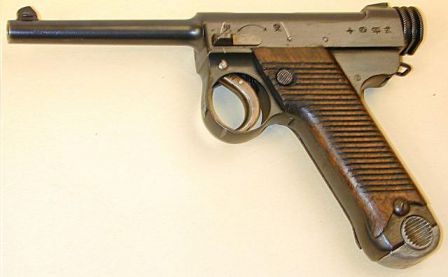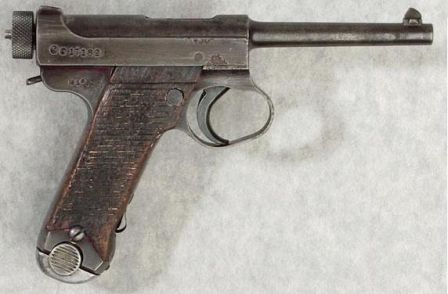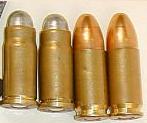Caracal F pistol.
Caracal C pistol.
Characteristics
| Caracal F | Caracal C | |
| Type | Double Action Only semiautomatic | |
| Caliber(s) | 9x19 Luger, 9x21 IMI, .357SIG, .40SW | |
| Weight unloaded | 750 g | 700 g |
| Length | 208 mm | 196 mm |
| Barrel length | 104 mm | 93 mm |
| Magazine capacity | 18 rounds | 15 rounds |
The Caracal pistol was first shown to the public in 2007. It was designed by the team of European small arms designers, led by Austrian W.Bubits, who previously participated in design of the Steyr M pistol. The Caracal pistols are manufactured in UAE and already in use by military and police forces of several Middle East nations. These pistols also available in several European countries for commercial sales. To prove reliability and durability of Caracal pistols, these guns were submitted for official trials under NATO, German Armed Forces and German Police testing protocols, and Caracal pistols successfully passed all these trials.
Caracal pistols are available in two basic versions, Caracal F (full size) and Caracal C (compact), which are internally similar but have different dimensions and magazine capacities. Caracal pistols are short recoil operated, locked breech weapons that use modified Browning-type locking system with tilting barrel. The trigger is of double-action only type, striker fired, with patented pre-cocked striker system, which allows for low bore axis placement. No manual safeties are provided, but guns are fitted with automated trigger and firing pin safeties. Pistol frames are made from impact-resistant polymer, barrels and slides are manufactured from carbon steel. Double stack magazines hold 18 rounds of 9mm ammo. Pistols are offered with standard fixed sights of with proprietary 'Quick sights' with coloring inserts. An integral Picatinny rail on the frame, below the barrel, allows for easy installation of useful add-ons, such as laser-aiming module or tactical flashlight. Other accessories, designed for this pistol, such as detachable shoulder stocks, forward grips, red dot sight mounts etc are available from manufacturer.


 16.04
16.04
 Jack The Ripper
Jack The Ripper










